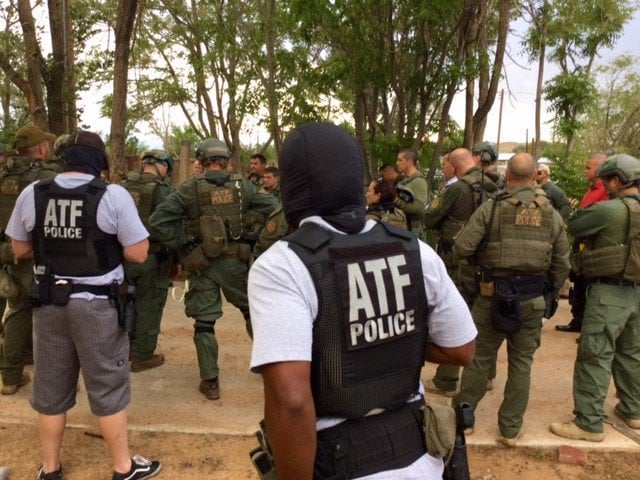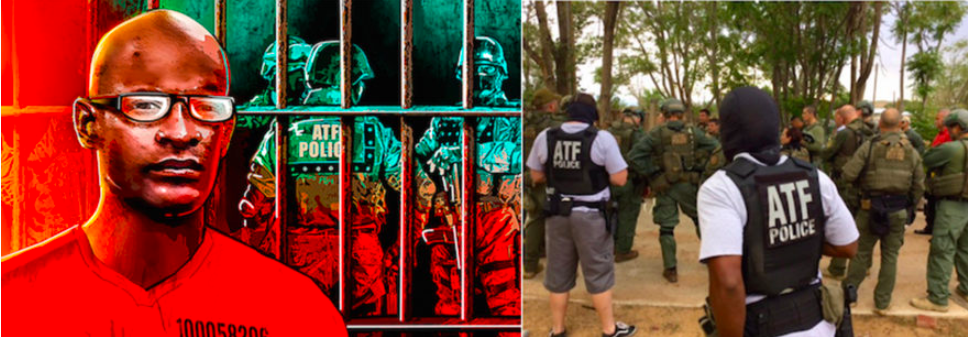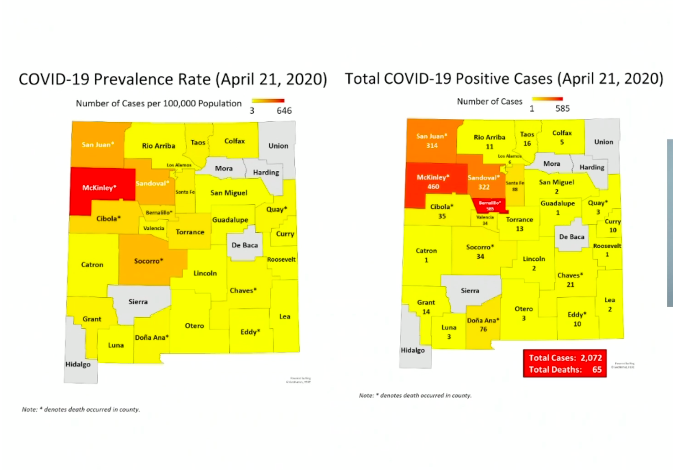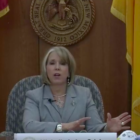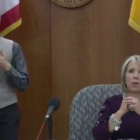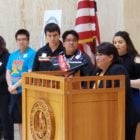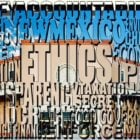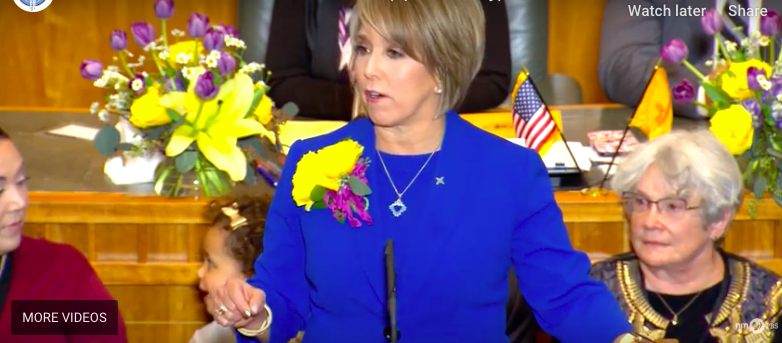2020 Election
Even if Albuquerque isn’t the next Portland you should pay attention
|
Federal agents are coming to Albuquerque, but officials have assured residents that New Mexico’s largest city isn’t the next Portland. In Portland, protests for racial justice have continued nonstop since the killing of George Floyd in late May but had decreased in size, according to the local paper, by the time the Trump administration sent in federal agents early this month, ostensibly to protect federal property and guard public statues. That injection energized the protests, leading to nightly confrontations as throngs of new and old protestors clashed with camo-wearing, unidentified police roaming the streets. The Oregon Attorney General, responding to accounts, has accused federal agents of whisking people away in unmarked vehicles without probable cause in at least two instances, and two federal watchdogs have opened investigations.
Images of tear gassed crowds and burning statues in that Pacific Northwest city have flashed across the country, putting to bed the wisdom of thinking that a show of dominance can be a calming force. But those images are likely one goal of a president seeking re-election on a law-and-order platform. I anticipate more than a few campaign ads over the next three and a half months featuring clashes between federal agents and Portlanders with a man’s voice intoning order against chaos and violence in America’s cities.
